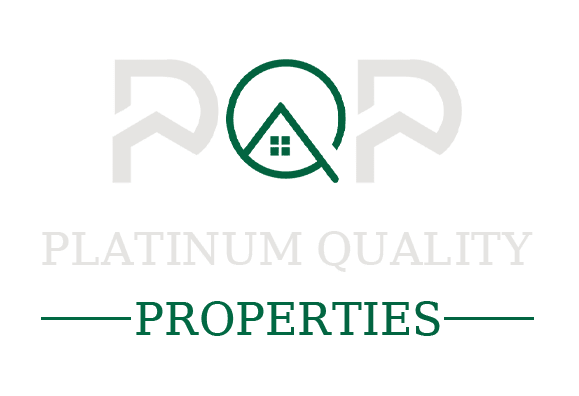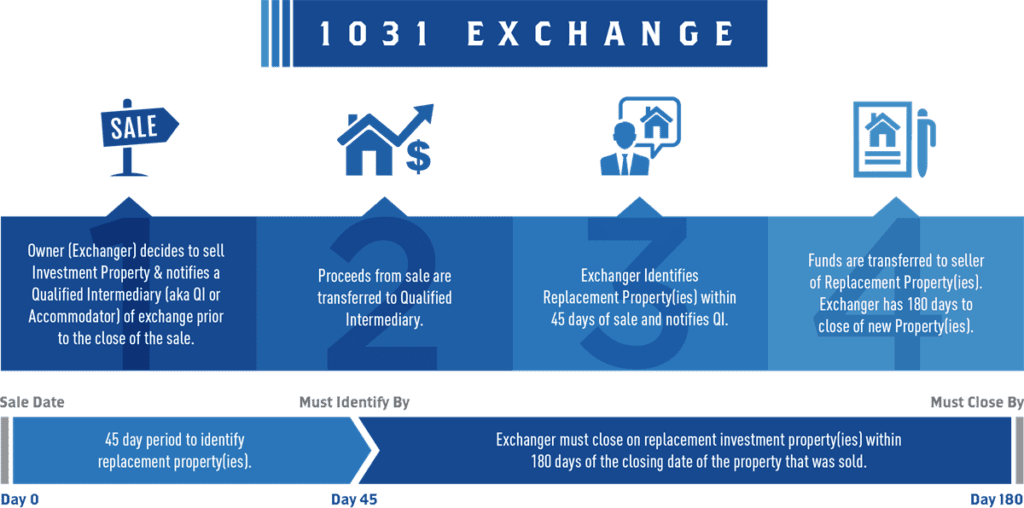With tax season having just passed I thought it would be a fitting time to talk about the 1031 Exchange. As an investor who is just starting out or an investor who is looking to sell one property and buy another property of like-kind value, the 1031 tax-deferred exchange is something you need to know about.
So, lets start with the basic—what on earth is the 1031 exchange? According to the U.S. Internal Revenue Code, section 1031, it allows you to avoid paying capital gains taxes when you sell and investment property and reinvest the proceeds from the sale within certain time limits in a property of like-kind and equal or greater value.
In order to be able to use a 1031 exchange, you need to also have a qualified intermediary; this is a person who, instead of the seller, gets the money from the sale of the original property and when the time comes, they transfer the money to the seller of the replacement property. A qualified intermediary is a person or another company who does not have a formal relationship with either party involved in the sale of the replacement property.
Now, there are rules for the replacement property. To get the full benefit of the 1031 Exchange replacement property should be of equal or greater value. The replacement property needs to be under contract within 45 days of the original property being sold and the exchange need to be completed within 180 days from the original sale dates, with both timelines running concurrently.
Next week we are going to do a deeper dive on the 1031 exchange and what options you have with the different types and what the property rules are when you use the 1031 exchange. Don’t want to wait for next week? That’s fine! Reach out to us at info@pqpllc.com or call us at (732)-210-6140 or (888)-840-6612.

